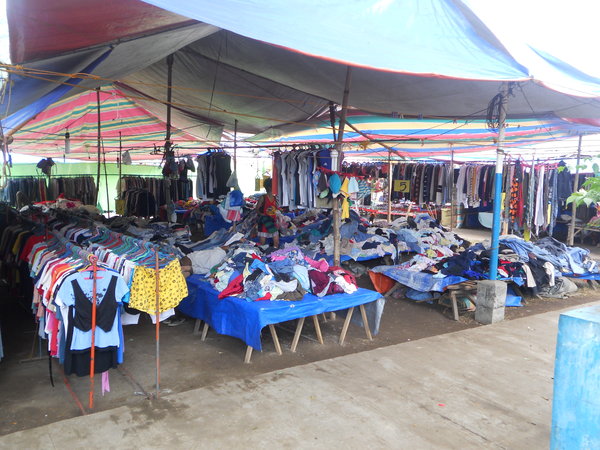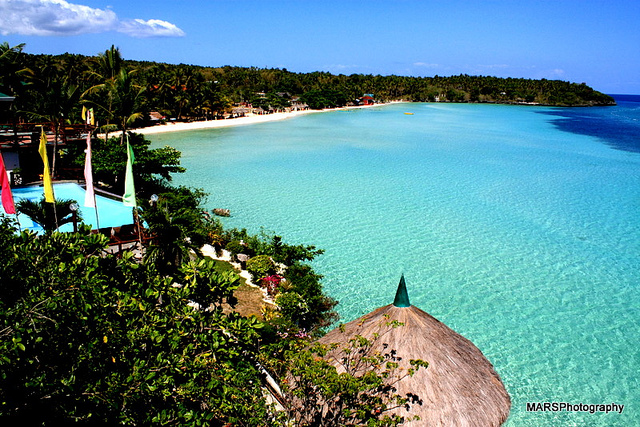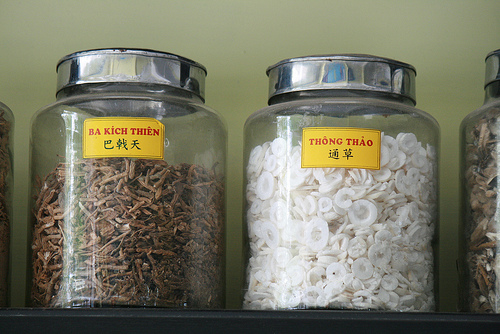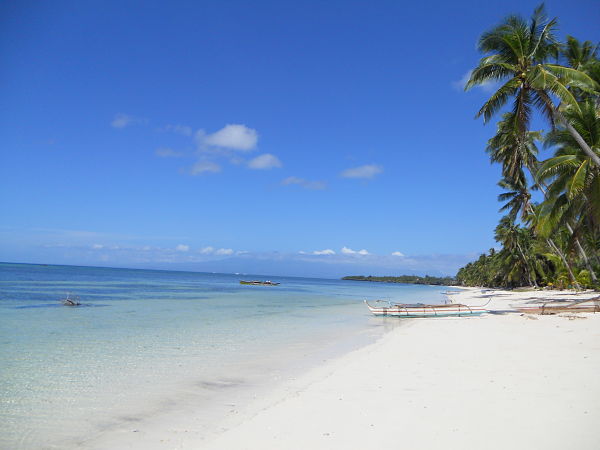The Philippines is one of the world’s leading sources of medical professionals because Filipinos are renowned for being competent and compassionate health caregivers. In North America, Europe and Middle East, Filipino doctors and nurses have given pride to the country for the dedication and skill they bring to the profession. Those who have decided to stay in the Philippines (where their services are much needed) in exchange for opportunities abroad are no less skillful and impassioned in their vocation. They may not be as generously compensated as their expatriate counterparts, but many of them are fulfilled knowing that their continued commitment to fellow countrymen is highly regarded.
In fact, if recent developments are any indication, they may no longer need to leave the country to be as well-rewarded as Filipino healthcare professionals abroad. Because they have made a name for themselves, their talents are actively sought out by patients from all over the world. The latest statistics (2006) says that 250,000 non-residents have availed of medical treatment in the country.

When measured in US dollars, the cost of living in the Philippines is way lower than that of the United States and other highly developed economies. This translates to more affordable healthcare for those who pay in currencies other than Philippine pesos. Even when the cost of transportation and accommodation are factored in, the total cost of treatment for non-residents is still below than what they would likely spend back in their home country.
For example, coronary bypass surgery is only $25,000 in the Philippines (2006). In the United States, the cost is about $50,000. Knee surgery is around $2,300, while in Singapore and United States, the same operation can cost $3,000 and $8,000 more, respectively.
It is important to note, however, that the quality of healthcare in the Philippines is not the same across the country. In general, the best hospitals in the country are located in the capital cities of the region because this is where the best training can be found. High-performing universities and colleges that specialize in healthcare tend to cluster in urban areas where facilities and technology are easily accessible. As a result, the pool of talent that hospitals can dip into is mainly concentrated in big cities.
Manila, the capital city, is the hub of medical tourism in the country. The country’s top medical schools are here, and there is an existing infrastructure that can support world-class medical treatment. Hospitals in Manila are also more equipped to manage the most challenging cases, so healthcare professionals here are exposed to a broader spectrum of medical problems.
In Central Philippines, Cebu has more up-to-date technologies and facilities compared to other capital cities in the region. Davao in Southern Philippines is where the highly trained doctors and the latest equipment are found. In island tourist destinations like Boracay, the better equipped hospitals are in the mainland (in this case, Malay in Aklan).
In general, private hospitals are more responsive to handle acute medical problems than public ones, but state-sponsored healthcare facilities in the national and regional level are often sufficient for mild cases.
Photo by Jun Acullador




